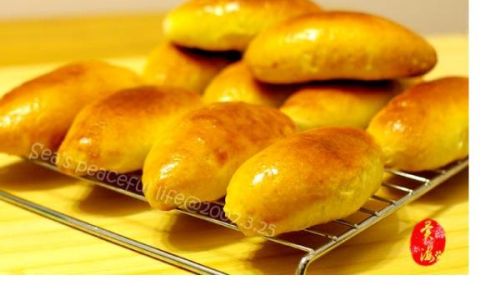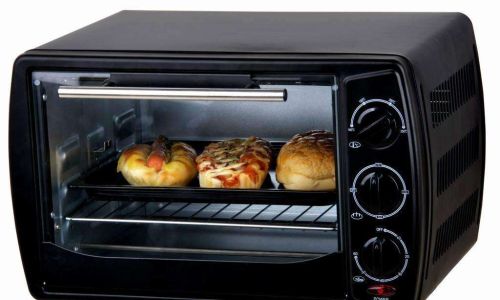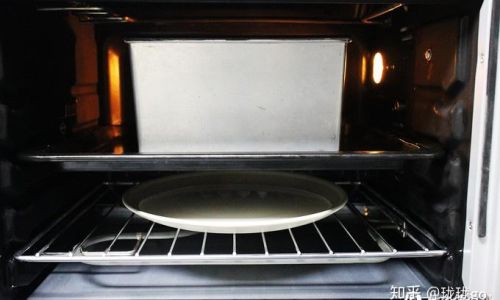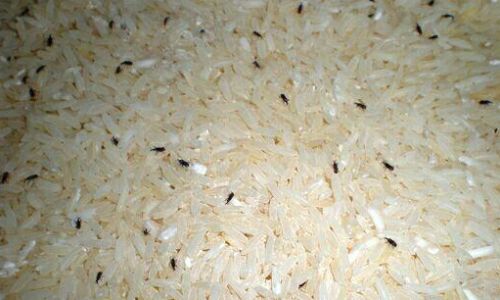Table of content
Introduction
Baking bread at home is a rewarding culinary endeavor that not only satisfies your taste buds but also brings a sense of accomplishment and joy. The aroma of freshly baked bread filling your kitchen is incomparable, and the process itself can be both therapeutic and educational. While professional ovens used in bakeries offer precise control and consistent results, a home oven can still produce delicious, artisanal-quality bread with the right techniques and understanding. In this comprehensive guide, we’ll walk you through the steps of how to make homemade bread and bake it in your home oven, ensuring you achieve a perfect loaf every time.
Understanding Bread Basics
Before diving into the recipe and baking process, it’s crucial to understand the fundamental components of bread and their roles:
-
Flour: The foundation of bread, providing structure and texture. All-purpose flour is commonly used, but bread flour, with a higher protein content, yields better gluten development for chewier loaves.

-
Water: Essential for hydration, activating gluten, and aiding in the fermentation process. The amount of water can affect the dough’s consistency and final bread texture.
-
Yeast: A living organism that converts sugars into carbon dioxide and alcohol during fermentation, causing the dough to rise. Active dry yeast and instant yeast are commonly used in home baking.
-
Salt: Enhances flavor, controls fermentation rate, and strengthens gluten structure.
-
Other Ingredients: These can include fats (like butter or olive oil), sugars (honey, molasses), milk, eggs, and various seeds or grains for added flavor and nutrition.
Equipment You’ll Need
- Mixing Bowls: For combining ingredients and kneading.
- Measuring Cups and Spoons: For accuracy in ingredient quantities.
- Dough Hook or Spatula: For mixing and kneading the dough.
- Proofing Basket or Bowl: For shaping and allowing the dough to rise a second time (final proof).
- Parchment Paper: For easy transfer of dough to and from the oven.
- Sharp Knife or Laminating Blade: For scoring the dough before baking.
- Oven with Oven Mitts: For baking the bread.
- Cooling Rack: For letting the bread cool after baking.
- Bread Loaf Pan (Optional): For a more controlled shape and rise, especially for beginners.
Step-by-Step Recipe: Classic Homemade Bread
Ingredients:
- 500g (4 cups) bread flour or all-purpose flour
- 350ml (1.5 cups) lukewarm water
- 7g (1 packet) active dry yeast or instant yeast
- 10g (2 teaspoons) salt
- 20g (1.5 tablespoons) olive oil or melted butter (optional, for richer flavor and softer crust)
Instructions:
-
Activate the Yeast:
In a small bowl, combine the lukewarm water with the yeast. Stir gently and let it sit for about 5-10 minutes until frothy and bubbly. This indicates that the yeast is active and ready to use.
-
Combine Ingredients:
In a large mixing bowl, add the flour and salt. Create a well in the center and pour in the activated yeast mixture and olive oil (if using).
-
Mix and Knead:
Using a dough hook or your hands, mix the ingredients together until a shaggy dough forms. Transfer the dough to a lightly floured surface and knead for about 8-10 minutes, until it becomes smooth, elastic, and slightly tacky but not sticky. If the dough is too sticky, add a little more flour; if it’s too dry, add a teaspoon of water.

-
First Rise (First Proof):
Lightly grease a large bowl with a bit of olive oil. Place the dough in the bowl, turning it once to coat it lightly with oil. Cover the bowl with a clean kitchen towel or plastic wrap and let it rise in a warm, draft-free place for about 1-2 hours, or until it has doubled in size.
-
Shape the Dough:
Once the dough has risen, gently punch it down to release any air bubbles. Transfer it to a lightly floured surface and shape it into your desired loaf form. For a classic loaf, fold the dough inwards on itself to create tension on the surface, then tuck the ends under and seam side down, place it in a lightly floured proofing basket or a loaf pan lined with parchment paper.
-
Second Rise (Final Proof):
Cover the shaped dough and let it rise again in a warm place for another 30-60 minutes, or until it has risen to about an inch above the edge of the loaf pan or proofing basket.
-
Preheat the Oven:
While the dough is undergoing its final proof, preheat your oven to 230°C (450°F) with a rack positioned in the middle. If you have a baking stone, place it in the oven to preheat as well. You can also create steam by placing an empty metal tray on the bottom rack of the oven.
-
Prepare for Baking:
Once the dough has risen sufficiently, gently transfer it to a parchment-lined peel or directly onto the preheated baking stone (if using). If baking in a loaf pan, simply slide the parchment paper with the dough onto the oven rack.

-
Score the Dough:
Using a sharp knife or laminating blade, make a few shallow slashes across the top of the dough. This allows the dough to expand evenly during baking.
-
Bake:
Immediately after scoring, pour a cup of hot water into the empty metal tray on the bottom rack to create steam (be careful of splashing hot water). Close the oven door quickly and bake for about 30-35 minutes for a loaf pan or 40-45 minutes for freeform loaves, or until the bread is golden brown and sounds hollow when tapped on the bottom.
-
Check for Doneness:
An instant-read thermometer inserted into the center of the loaf should read between 190-205°C (375-400°F).
-
Cool and Enjoy:
Remove the bread from the oven and let it cool on a wire rack for at least 30 minutes before slicing. This allows the bread to set and develop its final texture and flavor.
Tips for Perfect Bread
- Temperature Control: Ensure your ingredients, especially water and the environment where the dough proofs, are at the correct temperature. Too cold will slow fermentation; too hot can kill the yeast.
- Kneading Technique: Proper kneading develops gluten, which gives bread its structure. Aim for a smooth, elastic dough.
- Humidity and Steam: Steam during baking helps create a crisp, shiny crust. Using a preheated baking stone and creating steam with a tray of hot water are effective methods.
- Patience: Allowing sufficient time for fermentation and proofing is crucial for flavor development and texture.
- Storage: Store cooled, leftover bread in an airtight container or wrap it tightly in plastic wrap to maintain freshness. For longer storage, freeze slices.
Conclusion
Baking homemade bread in a home oven may seem daunting at first, but with practice and attention to detail, you can achieve professional-quality results. The process is as much about understanding the science behind bread-making as it is about developing your own techniques and preferences. Experiment with different flours, ingredients, and shaping methods to find what suits your taste and baking style. Remember, every loaf is a learning experience, and with each batch, you’ll get closer to mastering the art of homemade bread baking. Enjoy the journey, savor the process, and relish in the delicious, homemade bread you’ve created.





0 comments